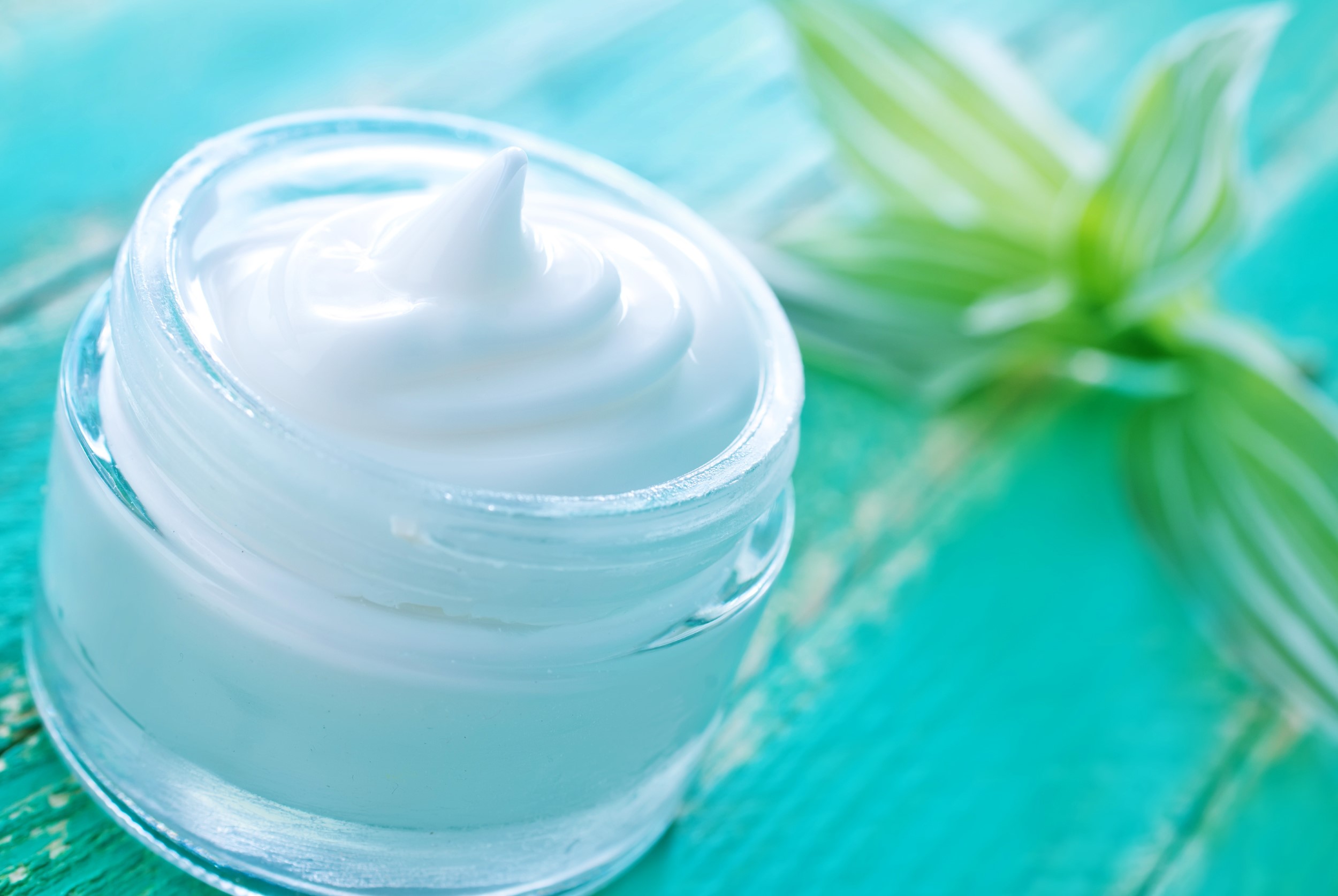01 Nov What is a chemical peel, what are the benefits, and why is it even more important in cold weather?
A chemical peel is a cosmetic procedure that can improve the appearance and texture of your skin by removing the damaged outer layers. Chemical peels can help treat various skin concerns, such as wrinkles, acne, scars, hyperpigmentation, and uneven skin tone. Depending on the type and strength of the peel, you may see results ranging from subtle to dramatic.
Chemical peels work by applying a chemical solution to your skin, which causes it to exfoliate and peel off. The new skin that grows back is usually smoother, clearer, and more radiant than the old skin. Chemical peels can also stimulate the production of collagen, which is a protein that gives your skin structure and elasticity.
There are different types of chemical peels, each with its own benefits and drawbacks. The most common types are:
- Light chemical peels, which use mild acids like alpha-hydroxy acid (AHA) or beta-hydroxy acid (BHA) to gently remove the outermost layer of the skin (epidermis). Light peels are suitable for treating fine lines, dryness, acne, and mild discoloration. They have minimal downtime and can be repeated every two to five weeks for optimal results.
- Medium chemical peels, which use stronger acids like trichloroacetic acid (TCA) or glycolic acid to penetrate deeper into the skin and remove both the epidermis and the upper part of the middle layer of the skin (dermis). Medium peels are effective for treating moderate wrinkles, acne scars, and uneven skin tone. They have more downtime and may require several treatments to achieve the desired outcome.
- Deep chemical peels, which use the strongest acids like phenol or TCA to reach the deepest layer of the skin (dermis) and remove damaged skin cells. Deep peels are used for treating severe wrinkles, scars, or precancerous growths. They have the most downtime and can only be done once. They also have more risks and side effects, such as scarring, infection, and changes in skin color.
The benefits of chemical peels are not only cosmetic, but also health-related. Chemical peels can help prevent or treat certain skin conditions, such as:
- Sun damage, which can cause premature aging, wrinkles, spots, and skin cancer. Chemical peels can remove the sun-damaged skin cells and reveal healthier skin underneath. They can also increase the effectiveness of sunscreen and other skin care products by improving the skin’s absorption.
- Acne, which is a common inflammatory skin condition that causes pimples, blackheads, whiteheads, and cysts. Chemical peels can help reduce acne by unclogging the pores, reducing oil production, killing bacteria, and reducing inflammation. They can also improve the appearance of acne scars by smoothing the skin surface and stimulating collagen growth.
- Hyperpigmentation, which is a condition that causes patches of skin to become darker than the surrounding skin due to excess melanin production. Chemical peels can help lighten hyperpigmentation by removing the pigmented skin cells and inhibiting melanin synthesis. They can also even out the skin tone and enhance the skin’s brightness.
- Melasma, which is a type of hyperpigmentation that causes brown or gray patches on the face, especially on the cheeks, forehead, nose, and upper lip. It is often triggered by hormonal changes, such as pregnancy or birth control pills. Chemical peels can help treat melasma by peeling off the discolored skin and preventing further pigmentation.
- Rosacea, which is a chronic skin condition that causes redness, flushing, bumps, and visible blood vessels on the face. It is often aggravated by sun exposure, heat, stress, and spicy foods. Chemical peels can help reduce rosacea symptoms by soothing the skin, reducing inflammation, and improving the skin’s barrier function.
Fall is the best time to get a chemical peel for several reasons:
- First, fall is the season when the sun is less intense and the days are shorter, which means less exposure to harmful UV rays. This is important because your skin will be more sensitive to sunlight after a chemical peel, and you will need to avoid sun exposure as much as possible to prevent complications and ensure proper healing.
- Second, fall is the season when the weather is cooler and drier, which means less sweating and oiliness. This is beneficial because your skin will be more prone to dehydration and irritation after a chemical peel, and you will need to keep it moisturized and protected from external factors.
- Third, fall is the season when the holiday season begins, which means more social events and gatherings. This is a great opportunity to show off your refreshed and rejuvenated skin after a chemical peel, and to boost your confidence and self-esteem.
If you are interested in getting a chemical peel, you should consult with a board-certified dermatologist, plastic surgeon, or licensed aesthetician who can assess your skin type, condition, and goals, and recommend the best type of peel for you. You should also follow their pre- and post-peel instructions carefully to prepare your skin for the procedure and to ensure a smooth and safe recovery. A chemical peel can be a rewarding and effective way to improve your skin’s health and appearance, especially if you do it in the fall.
— David Glaeser
Disclaimer: This article provides general information and should not replace professional medical advice.

